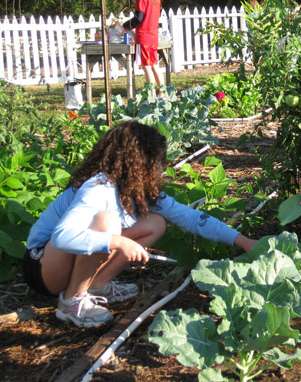About 34 kilometres from where I live is a place called Cape Schanck. Situated here is the Mornington peninsular nature reserve, also known as Cape Schanck light house reserve, where it is only possible to see the wondrous view by walking the gruelling 20+ kilometre track down and back. Although it doesn’t sound like much fun, the amazing view and tranquillity are well worth the walk
If you travel right down to the end of the peninsular you will come across point Nepean national park and its historian quarantine station. Once used as a range area point Nepean national park just bursts with history. Travelling down its possible to see a series of military fortifications dating back to the 1880s, or Cheviot hill where former Prime Minister Harold Holt mysteriously disappeared in 1967.
The last well known national park on the Mornington peninsula is Arthur’s seat. According to Parks Victoria, Arthur’s seat is probably the most famous landscape on all of Port Phillip Bay. Standing at about 315 meters above sea level, Arthurs seat can be accessed a number of ways: via car, foot or even Arthur’s seats well renound chair lift.
These national parks are not like parks and gardens found around Melbourne’s CBD, there are no annual garden beds, no 24/7 maintenance program and no pretty little water features, it’s all just fair dinkum quality open space. Besides, with such beautiful views as those at Cape Schanck, Point Nepean and Arthurs Seat, who needs all the fancy pants accessories?
Cape Schank (in distance, picture taken from Gunnamatta)
Point Nepean
Arthurs Seat chair lift










